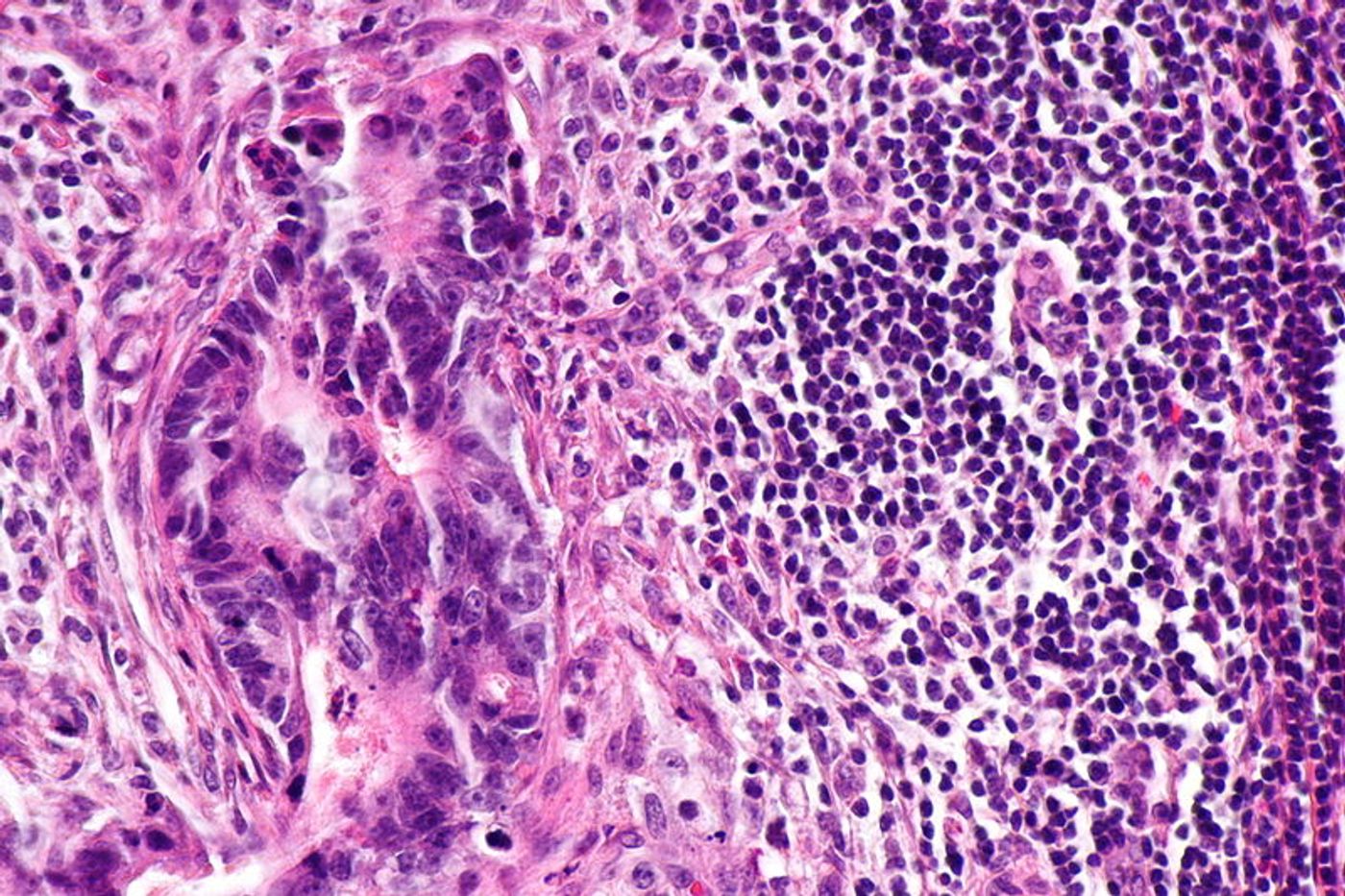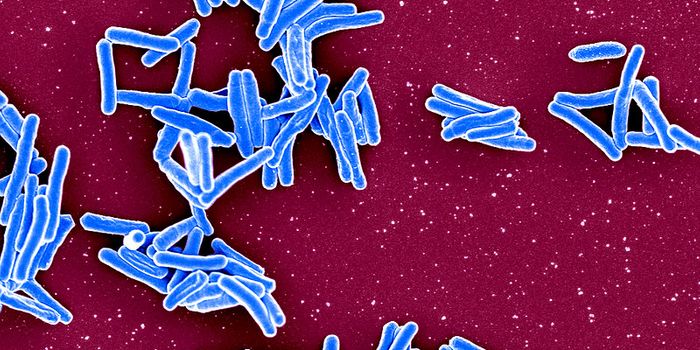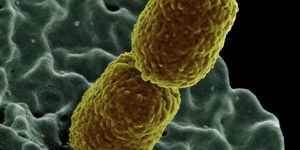Early Differences Between Benign and Malignant Tumors
Physicians are in need of a dependable diagnostic approach for distinguishing between benign and malignant tumors early-on. Once doctors can rule out that a tumor is malignant, they can save a patient from undergoing the often harsh, grueling treatments prescribed to treat malignant cancer.
In a new study from scientists at the Duke University Medical Center, clear differences have been observed between early benign and early malignant tumors. Researchers found that malignant cancers are “born to be bad,” and they are working on identifying what makes them “bad” as soon as possible.
"We found evidence that benign and malignant tumors start differently, and that cell movement - an important feature of malignancy - manifests itself very early on during tumor growth," explained lead author Marc D. Ryser, PhD.
Abnormal cell movement is what causes tumors to spread, or metastasize, to different tissues, which makes them more dangerous. In the past, research has shown that significant qualities of a tumor are present in the genome from start to finish. In the new study, researcher analyzed 19 human colorectal tumors with both genome sequencing technology and mathematical simulation models.
They successfully identified signatures of early abnormal cell movement in nine out of 15 invasive samples. No early abnormal cell movement was detected in the four benign tumors. Ryser and the others acknowledge that they need to confirm their findings in a larger study.
"Thanks to improved screening technologies, we diagnose more and more small tumors," explained senior author Darryl Shibata, MD. "Because treating a patient aggressively can cause them harm and side-effects, it is important to understand which of the small screen-detected tumors are relatively benign and slowly growing, and which ones are born to be bad."
Indeed, the key clinical application that the study scientists want to develop as a result of their research is to test small tumors that have been detected by a cancer screening for early cell movement that could indicate malignancy. The ultimate goal? Save the aggressive therapies for the people who actually need it.
The present study was published in the journal Proceedings of the National Academy of Sciences.
Source: Duke University Medical Center









